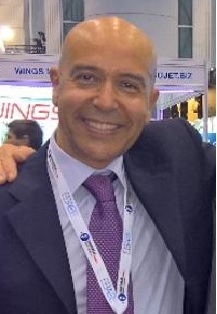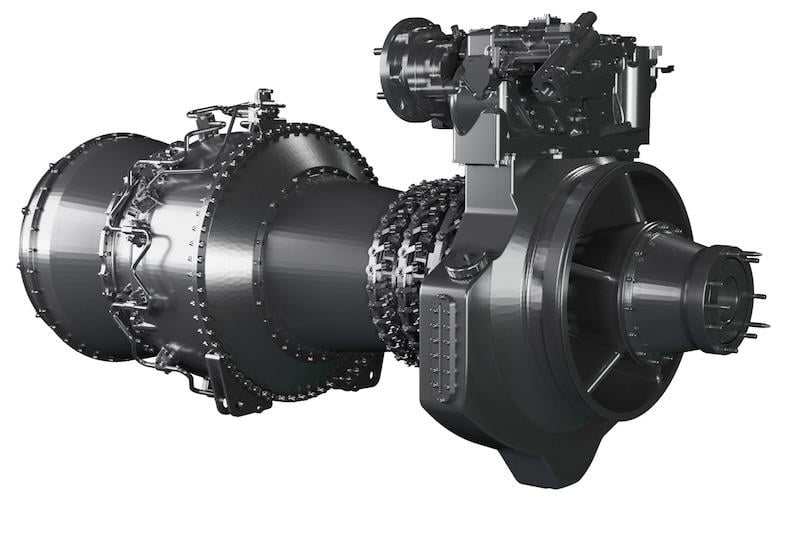Avio Aero Joins Effort For Next-Generation European Rotorcraft Engine
Details
More Products & Services
Products & Services
Aerospace | Aviation Week Network
Aviation Week Network
https://aviationweek.com/themes/custom/particle/dist/app-drupal/assets/awn-logo.svg
Home - Aviation Group Marketing
Aviation Week Network
120 data points on over 156,000 commercial and business aviation aircraft, including military transports. Discover the most trustworthy resource for the complete aircraft history, plus ad hoc reports, month-over-month trend analysis and details on expected deliveries through 2050.
People

Andrea Rossi Prudente
Aviation Week Network

Anthony Lim
Aviation Week Network
Sales director

Becca Balmes
Aviation Week Network

Belinda Tan
Aviation Week Network

Brian Everstine
Aviation Week Network
Editor

Eddie Krankowski
Aviation Week Network
Assistant Manager, Tradeshows

erving dockery
Aviation Week Network

Lisa Tan
Aviation Week Network
Senior Marketing Manager

Mark Thomas
Aviation Week Network
Description
LE BOURGET—Italy's Avio Aero has joined a growing European industry effort to develop a new helicopter engine with greater than 300 shp for next-generation military rotorcraft.
Avio will work alongside the European Military Rotorcraft Engine Alliance (EURA) joint venture—established in 2023 by Germany's MTU Aero Engines and France's Safran Helicopter Engines—to produce the European Next-Generation Helicopter Engine (ENGHE).
Signing a long-term partnership agreement here on the third day of the Paris Air Show, the partners plan to offer a powerplant with “advanced design maturity and affordable operating and maintenance costs.”
The engine will be developed to power the rotorcraft that is expected to emerge from NATO's Next Generation Rotorcraft Capability (NGRC) program, which will produce a new medium rotorcraft for battlefield transport and naval operations in the 2040s. The three countries from which the companies hail are already supporting the NGRC initiative.
“This agreement is a major opportunity for the aerospace industry to work together in support of Europe's strategic autonomy and technological leadership,” said Avio Aero's CEO Richard Procacci.
Michael Schreyögg, chief program officer of MTU Aero Engines, said the partnership of the three companies “underlines the importance of this program in further reinforcing European sovereignty and strengthening the European supply chain.”
Studies by GE Aerospace on behalf of NATO's Support and Procurement Agency (NSPA), which is managing the NGRC program, concluded that the future rotorcraft should be provided by a next-generation turboshaft. GE examined a range of powerplant configurations for potential rotorcraft. Their conclusion was that regardless of the speed requirement for the new platform, a conventional modern gas turbine was the best solution, but it caveated that advancements such as hybrid-electric propulsion were close enough on the horizon that airframers should consider potential upgrade paths.
The three companies say ENGHE's characteristics will provide these future helicopters with greater range, higher speed, improved maneuverability and increased availability. In addition, it will feature reduced fuel burn, be 100% compatible with sustainable aviation fuel and incorporate enhanced electric hybridization.
To support the development efforts, EURA lobbied for a European Defense Fund (EDF)-supported call for research into future rotorcraft propulsion systems. The EDF's call in January 2025 announced it would provide funding for a research project for a new-generation turboshaft engine.
The EDF's 2025 appeal now includes a project called Propulsion System for Next-Generation Rotorcraft, which aims to develop and mature technologies for a “breakthrough, affordable, efficient and high-power engine” with a power rating of more than 3,000 shp and potential upgrade paths for hybridization, just as the GE Aerospace-led study suggested. The proposal will be coordinated by EURA and submitted to the European Commission in October.
Avio will work alongside the European Military Rotorcraft Engine Alliance (EURA) joint venture—established in 2023 by Germany's MTU Aero Engines and France's Safran Helicopter Engines—to produce the European Next-Generation Helicopter Engine (ENGHE).
Signing a long-term partnership agreement here on the third day of the Paris Air Show, the partners plan to offer a powerplant with “advanced design maturity and affordable operating and maintenance costs.”
The engine will be developed to power the rotorcraft that is expected to emerge from NATO's Next Generation Rotorcraft Capability (NGRC) program, which will produce a new medium rotorcraft for battlefield transport and naval operations in the 2040s. The three countries from which the companies hail are already supporting the NGRC initiative.
“This agreement is a major opportunity for the aerospace industry to work together in support of Europe's strategic autonomy and technological leadership,” said Avio Aero's CEO Richard Procacci.
Michael Schreyögg, chief program officer of MTU Aero Engines, said the partnership of the three companies “underlines the importance of this program in further reinforcing European sovereignty and strengthening the European supply chain.”
Studies by GE Aerospace on behalf of NATO's Support and Procurement Agency (NSPA), which is managing the NGRC program, concluded that the future rotorcraft should be provided by a next-generation turboshaft. GE examined a range of powerplant configurations for potential rotorcraft. Their conclusion was that regardless of the speed requirement for the new platform, a conventional modern gas turbine was the best solution, but it caveated that advancements such as hybrid-electric propulsion were close enough on the horizon that airframers should consider potential upgrade paths.
The three companies say ENGHE's characteristics will provide these future helicopters with greater range, higher speed, improved maneuverability and increased availability. In addition, it will feature reduced fuel burn, be 100% compatible with sustainable aviation fuel and incorporate enhanced electric hybridization.
To support the development efforts, EURA lobbied for a European Defense Fund (EDF)-supported call for research into future rotorcraft propulsion systems. The EDF's call in January 2025 announced it would provide funding for a research project for a new-generation turboshaft engine.
The EDF's 2025 appeal now includes a project called Propulsion System for Next-Generation Rotorcraft, which aims to develop and mature technologies for a “breakthrough, affordable, efficient and high-power engine” with a power rating of more than 3,000 shp and potential upgrade paths for hybridization, just as the GE Aerospace-led study suggested. The proposal will be coordinated by EURA and submitted to the European Commission in October.

Share
Recent Chats
Share via email
Future: handle WhatsApp here
Future: handle LinkedIn here
Future: handle Twitter here
SUBMENU HERE
Share via Chat
Copy Link

